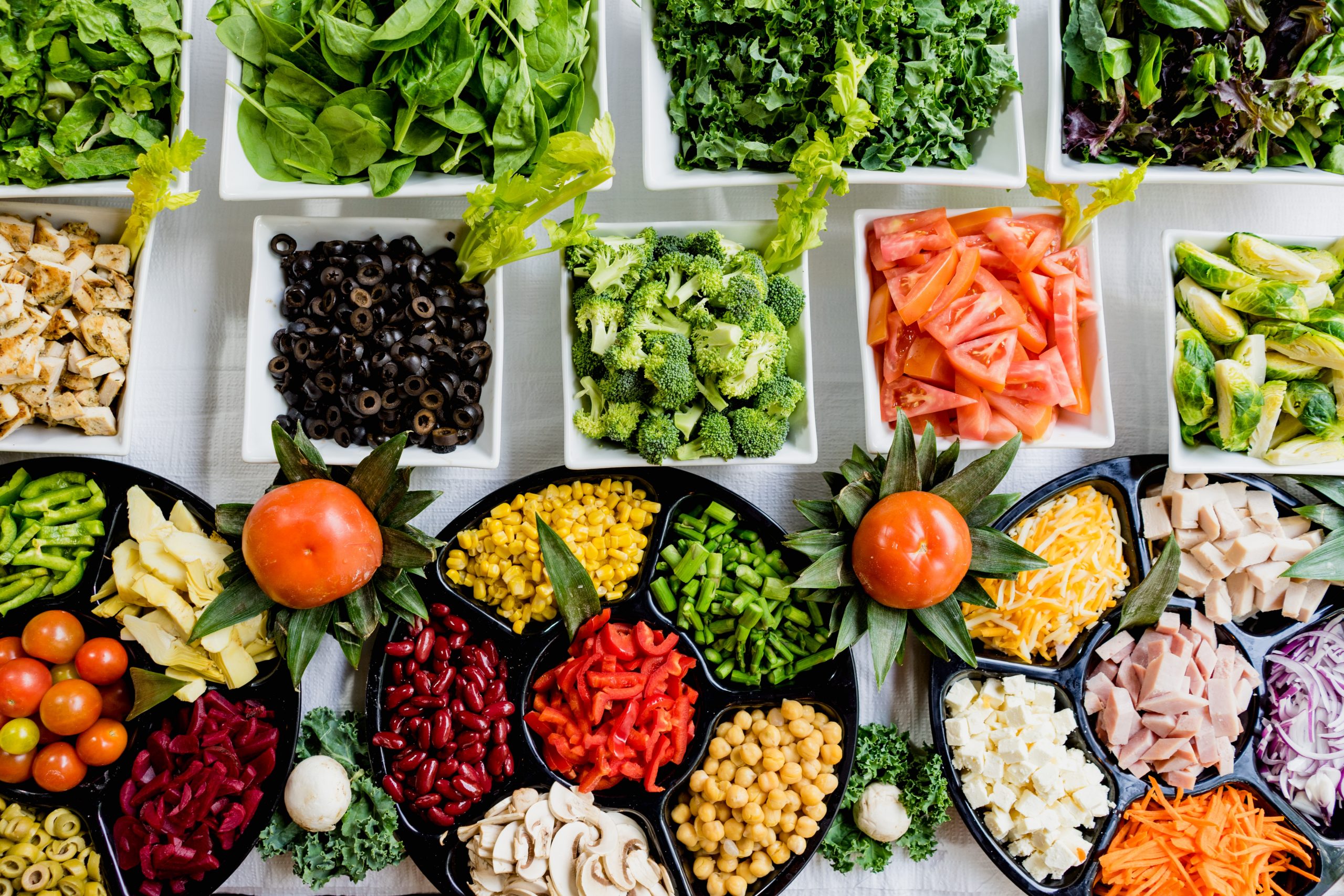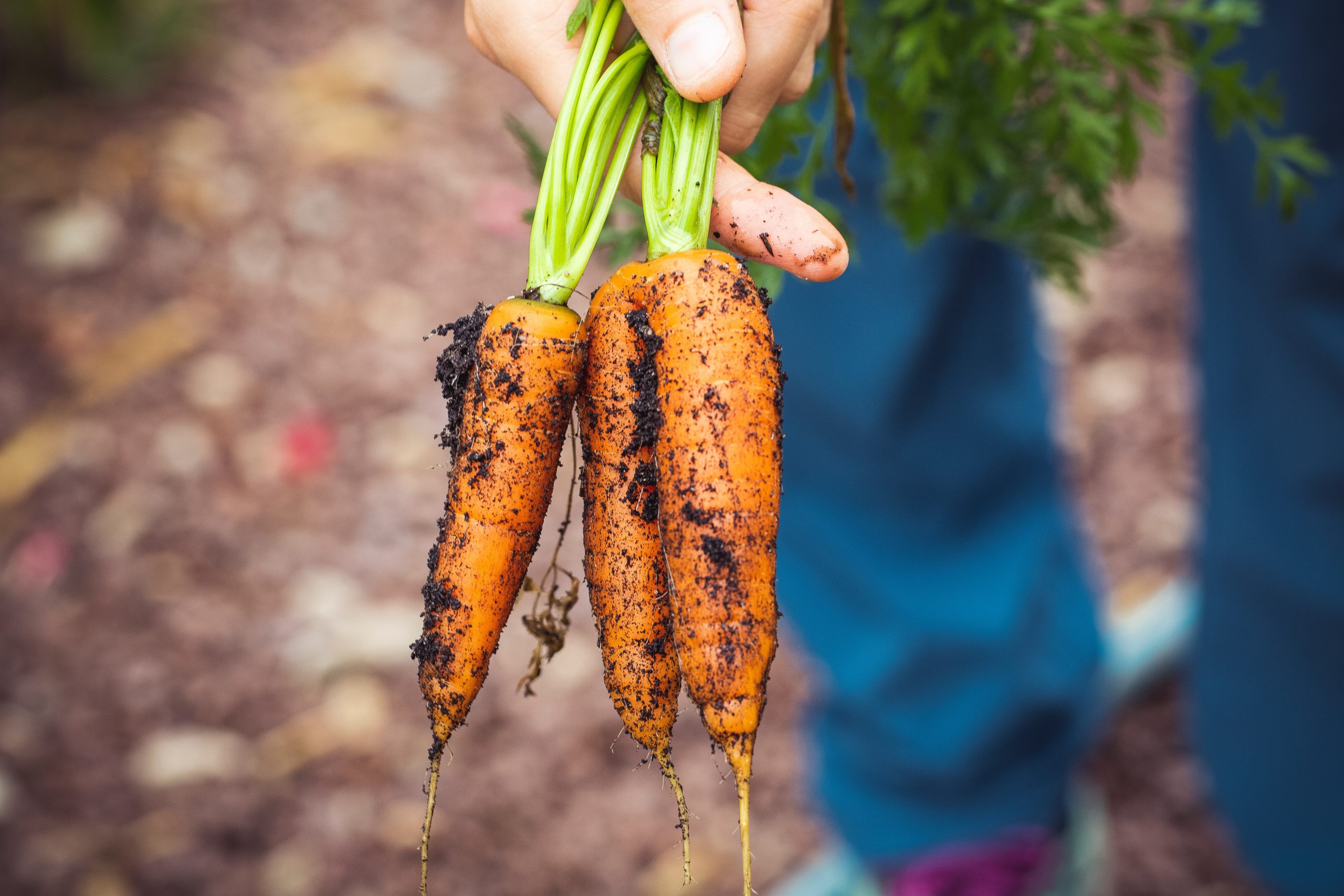

Part 1 of this series talks about food security initiatives on-campus that any UBC student can access. However, there are also food security resources throughout the metro Vancouver region that may be more convenient or better suited for one’s needs. Like the previous blog post mentioned, students are among one of the most vulnerable groups to the risk of food insecurity. Food insecurity also impacts different groups (income level, race, immigration status, etc.) very differently and since the UBC student population is so diverse, it’s important to also introduce other options outside of the bubble of campus (Polsky & Garriguet, 2022).
Food Insecurity in Canada
Prior to the pandemic, food-insecure Canadians accounted for around 10% of the population (Polsky & Garriguet, 2022). During the pandemic, food insecurity only worsened and exposed the fragility of the issue for a lot of Canadians, highlighting the lack of food access (Polsky & Garriguet, 2022). Across Canada, food insecurity rates differ significantly with race, income, immigration status, gender, and other factors like province, further highlighting the overarching inequalities in the Canadian food system (Tarasuk et al., 2019).
Food Initiative Resource Groups
Within the Vancouver Metropolitan region, there are a lot of different organizations that offer food initiative services and resources. The Greater Vancouver Food Bank (GVFB) has locations in Vancouver, Burnaby, North Vancouver, and New Westminster and offers specialized packs of food for certain age groups on top of acting as a food access point. Neighborhood houses such as South Vancouver Neighborhood House (SVNH) also offer food security programs, with SVNH currently launching a food hub program that offers a more long-term solution to food insecurity in their catchment area. Vancouver Neighborhood Food Network offers an interactive map that shows food access points from community centers, religious organizations, and other organizations. Organizations such as Vancouver Urban Food Forest Foundation (VUFFF) also works towards food security through teaching and exploration of integration of Indigenous- based concepts and relationships with food. They hold an annual “Neighborhood Food Week” that highlights events such as recipe workshops, food related exhibitions, introductory workshops about edible plants, planting at a community garden, and many more related to food security through education.
Getting Involved
The pursuit of food security outside of accessing a reliable and consistent source of food can also be through getting involved in the discussion of food insecurity in your own community. This can be through volunteering or working for/with a community or governmental agency focused on food like the ones mentioned above (Greater Vancouver Food Bank, South Vancouver Neighborhood House, Vancouver Urban Food Forest Foundation). Additionally, you can reach out to your local representatives to push for more government-based initiatives for food security. This can mean reaching out at UBC or if you live off campus you can find your representative and ask them to help address food insecurity in your neighborhood.

In addition to finding a dependable and consistent source of food, food security can also be achieved through participation in community discussions about food insecurity. This can be done by volunteering or working with community or government agencies focused on food, or by contacting local representatives to advocate for more government-based initiatives to ensure food security for all.
Of course, food insecurity continues to be an issue that cannot be solved with “band aid” or short-term solutions. Working towards food security requires long term solutions while also exploring the inequities in the current complex food system locally, federally, and on a global scale (Tarasuk et. al, 2019). On a community level, supporting local community initiatives or getting involved with discussions of food insecurity or systems continues the progress towards local food security.
References
Lee, S. D., Hanbazaza, M., Ball, G. D. C., Farmer, A., Maximova, K., & Willows, N. D. (2018). Food insecurity among postsecondary students in developed countries: A narrative review. [Food insecurity among postsecondary students] British Food Journal, 120(11), 2660-2680. doi:https://doi.org/10.1108/BFJ-08-2017-0450
Polsky, J., & Garriguet, D. (2022, February 16). Household food insecurity in Canada early in the COVID- 19 pandemic. Statistics Canada. Retrieved April 24, 2023, from https://www150.statcan.gc.ca/n1/pub/82-003-x/2022002/article/00002-eng.html
Tarasuk, V., Fafard St-Germain, A. A., & Mitchell, A. (2019). Geographic and socio-demographic predictors of household food insecurity in Canada, 2011-12. BMC public health, 19(1), 12. https://doi.org/10.1186/s12889-018-6344-2
